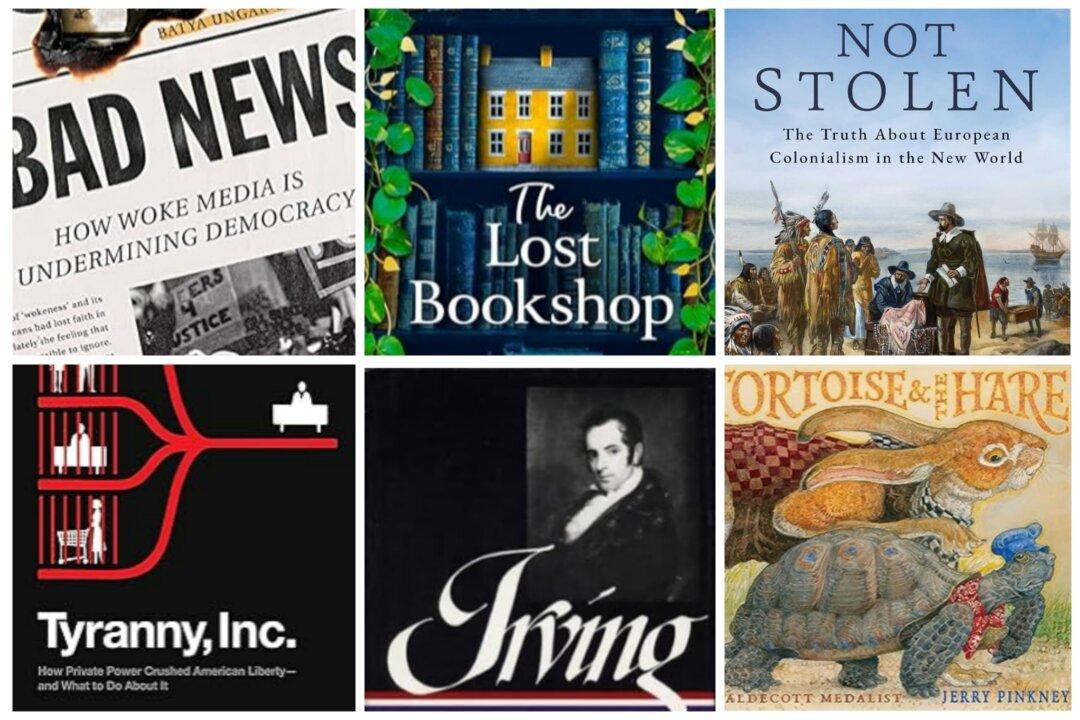Most of us remember history lessons about the overland expedition of Lewis and Clark in 1804–1806 to push beyond the Louisiana Purchase, discover a river route through the new lands, and reach the Pacific Coast.
President Thomas Jefferson, a scholar and visionary, had read British writer Alexander Mackenzie’s urgings from 1801 to his fellow countrymen about how critical it was to control the mouth of the Columbia (on today’s Washington-Oregon border) and the Pacific Coast.






